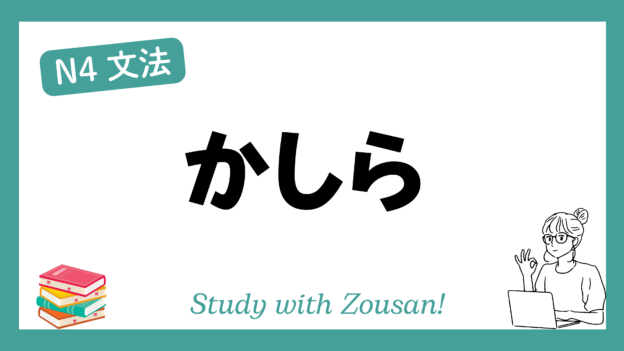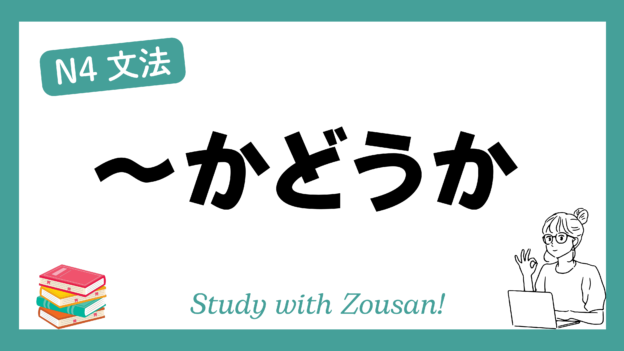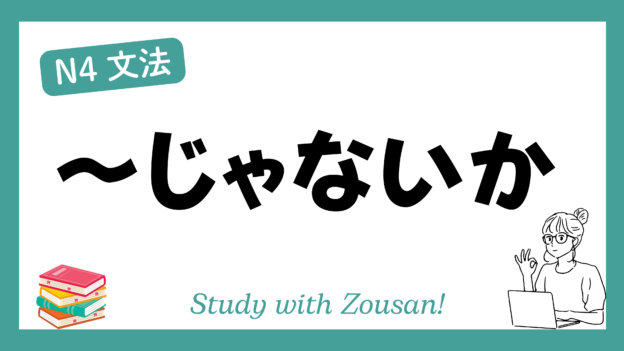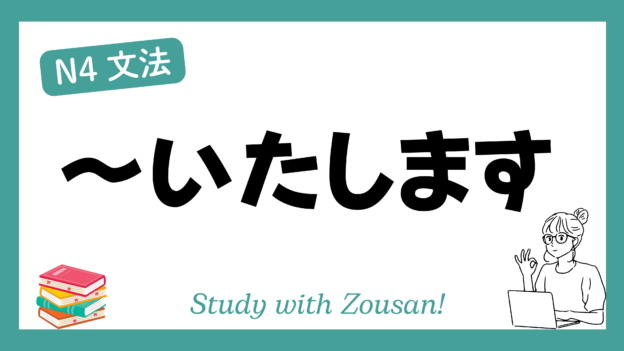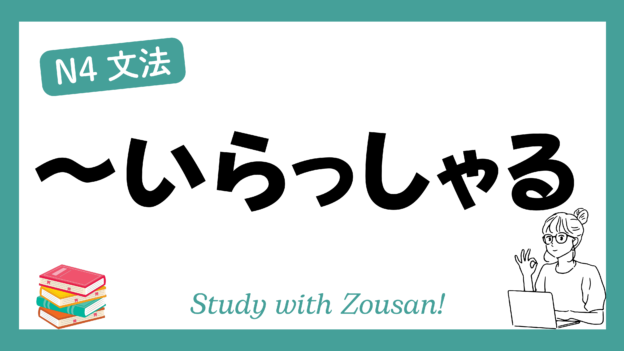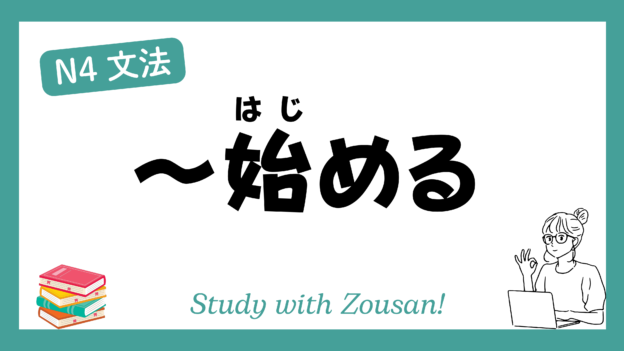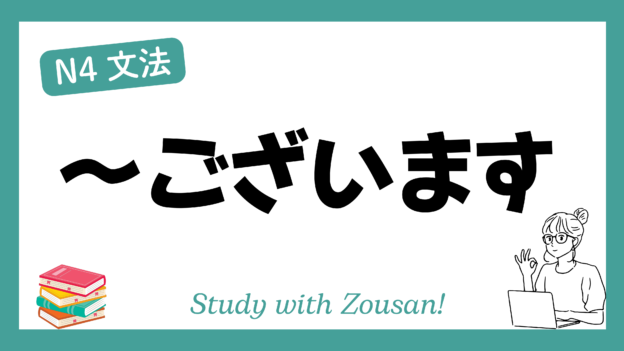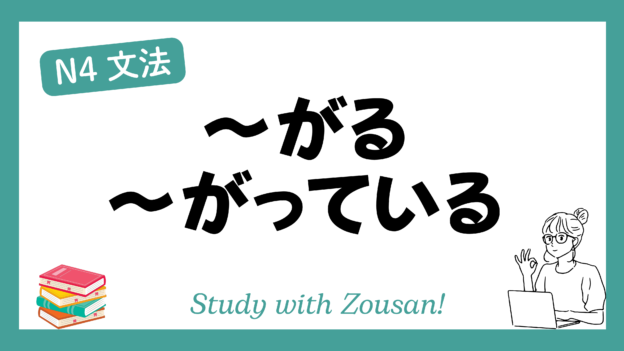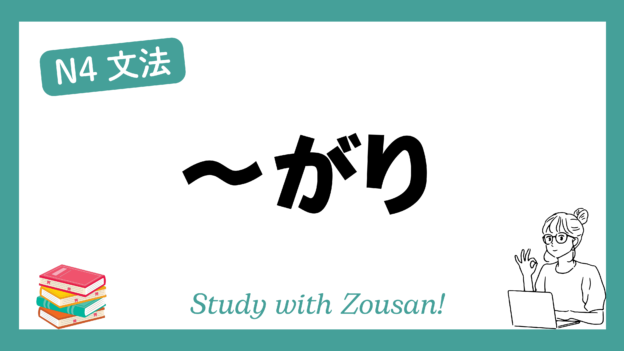Meaning: “I wonder…” / “Could it be…”
かしら is used to express the speaker’s uncertainty, doubt, or wonder about a certain situation or event. This structure is typically used by women in everyday conversations to ask themselves or express their uncertainty.
※Note:
・かしら is commonly used by women in casual or daily conversations to express doubt or self-questioning.
・In formal or polite contexts, でしょうか or かどうか is often used as a more polite way to express uncertainty.
・When used with verbs, adjectives, or nouns, かしら is usually placed at the end of a sentence to indicate gentle questioning or wonder.
Structure:
| Phrase + かしら |
Example:
-
-
-
🌟 彼は来るかしら。
(かれ は くる かしら)
I wonder if he will come. -
🌟 この服、似合うかしら。
(この ふく、にあう かしら)
I wonder if this dress suits me. -
🌟 明日、雨が降るかしら。
(あした、あめ が ふる かしら)
I wonder if it will rain tomorrow. -
🌟 彼は私のことを覚えているかしら。
(かれ は わたし の こと を おぼえて いる かしら)
I wonder if he remembers me. -
🌟 試験に合格できるかしら。
(しけん に ごうかく できる かしら)
I wonder if I can pass the exam. -
🌟 彼女はもう寝たかしら。
(かのじょ は もう ねた かしら)
I wonder if she has already gone to bed. -
🌟 この料理、彼が好きかしら。
(この りょうり、かれ が すき かしら)
I wonder if he likes this dish. -
🌟 あの人は結婚しているかしら。
(あの ひと は けっこん して いる かしら)
I wonder if that person is married. -
🌟 バスはもう出発したかしら。
(バス は もう しゅっぱつ した かしら)
I wonder if the bus has already left. -
🌟 彼は忙しいかしら。
(かれ は いそがしい かしら)
I wonder if he is busy.
-
-


